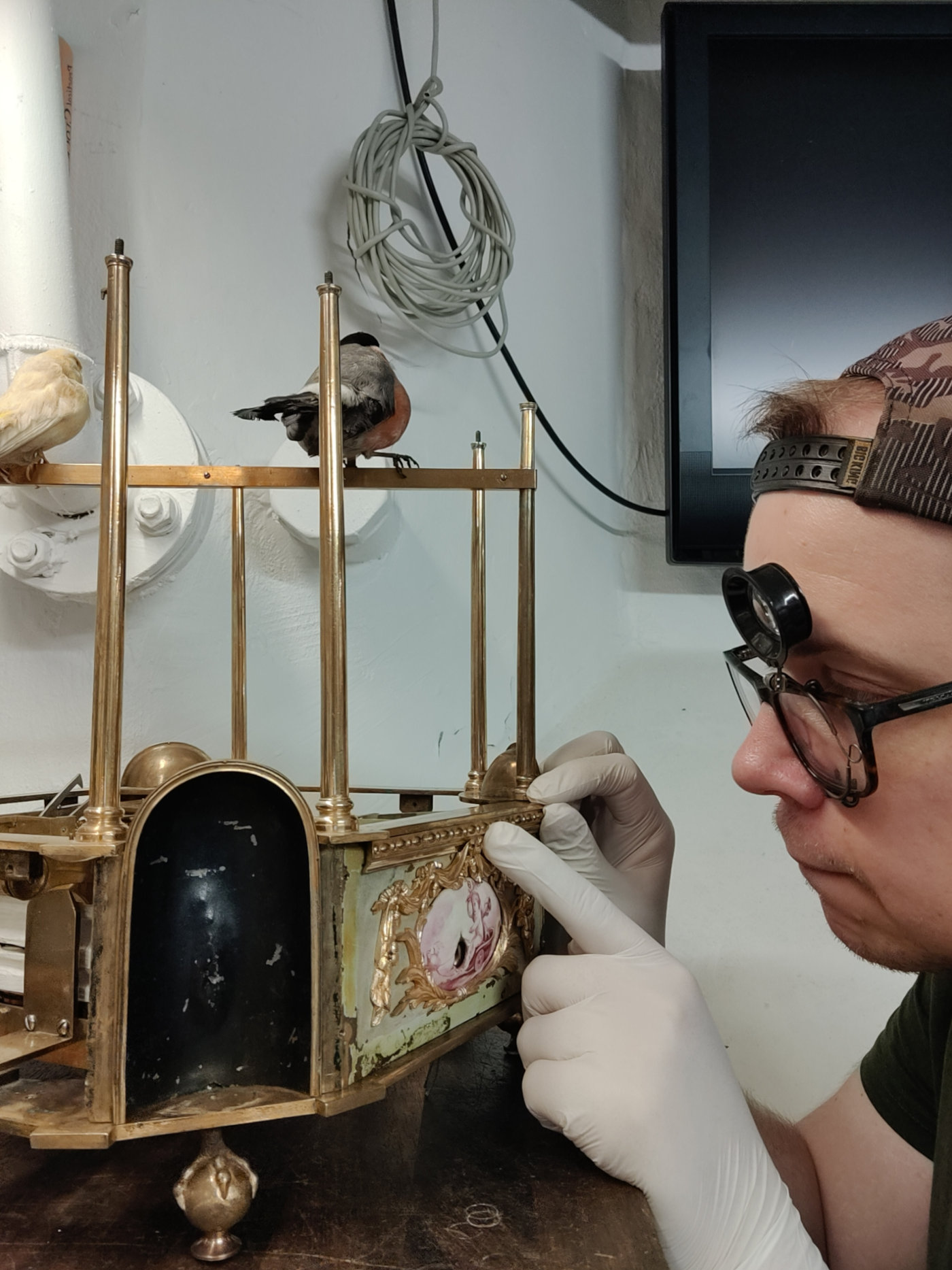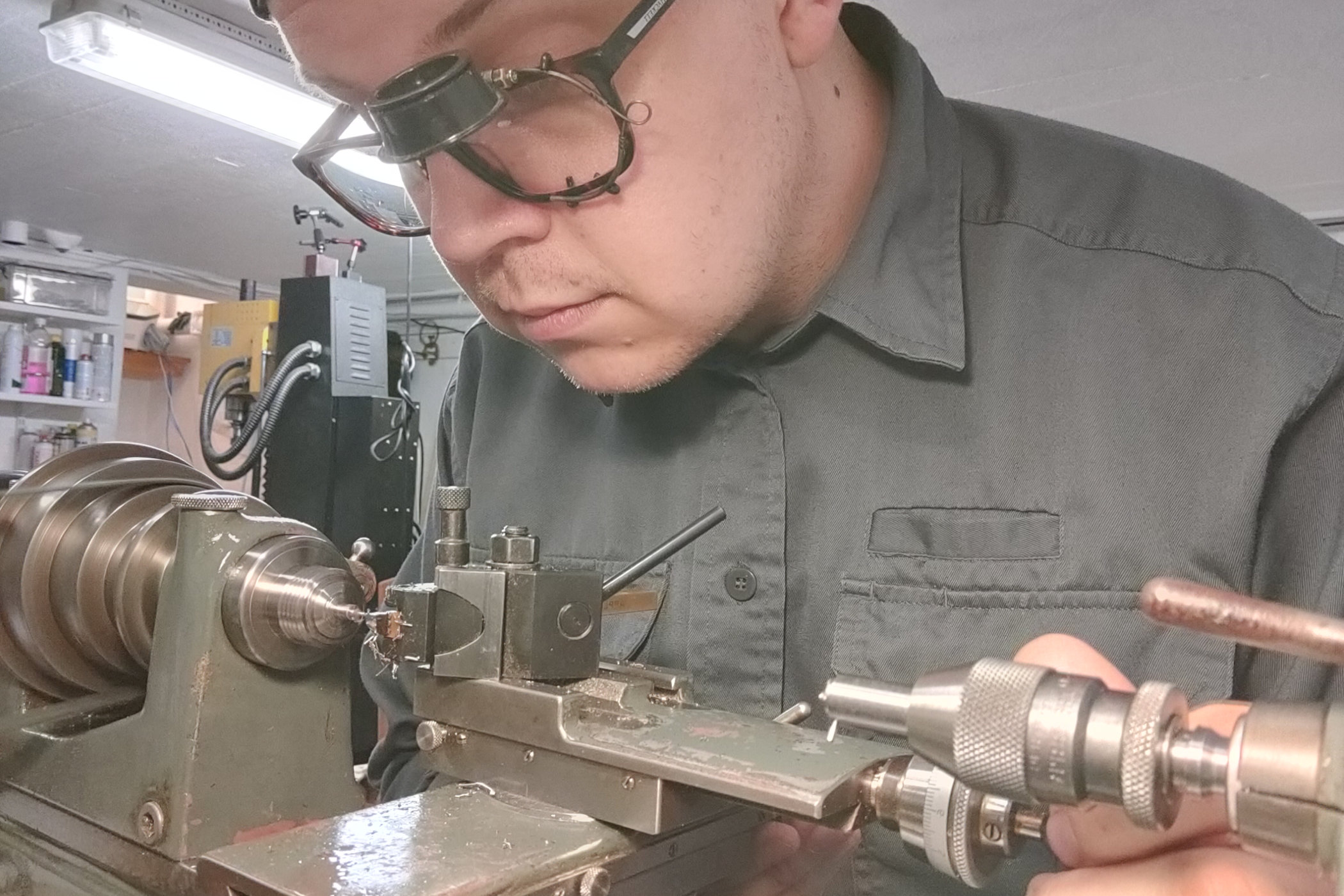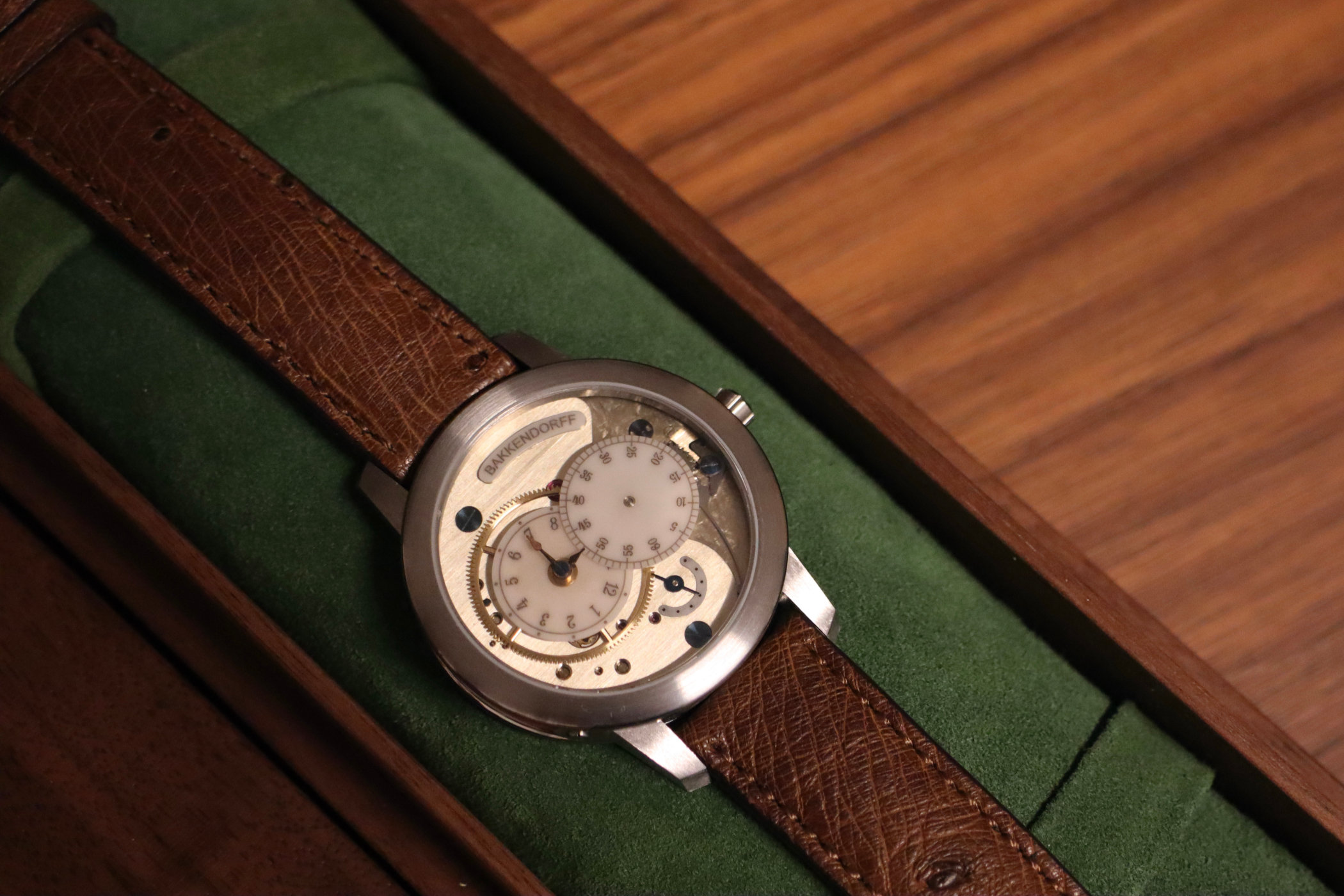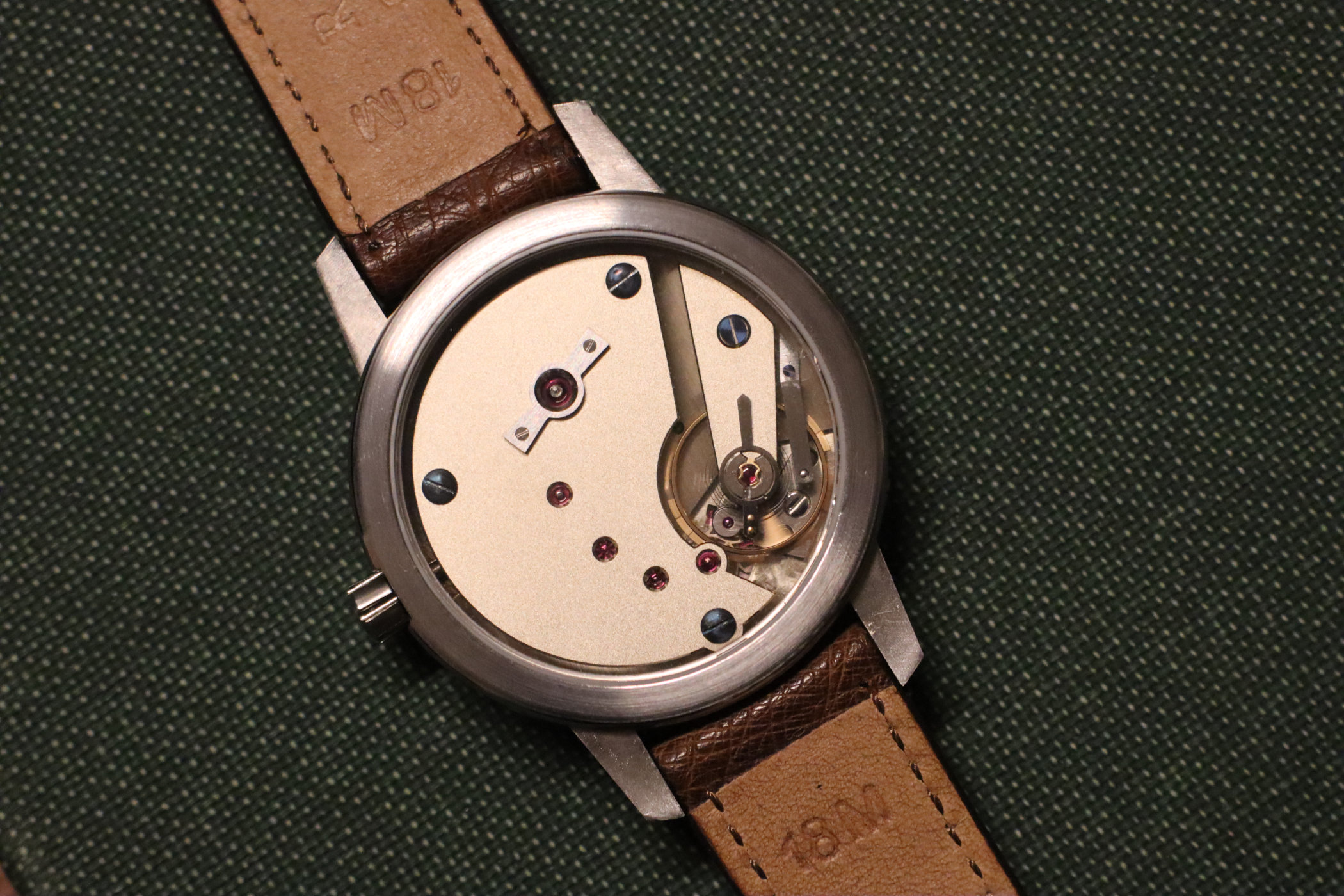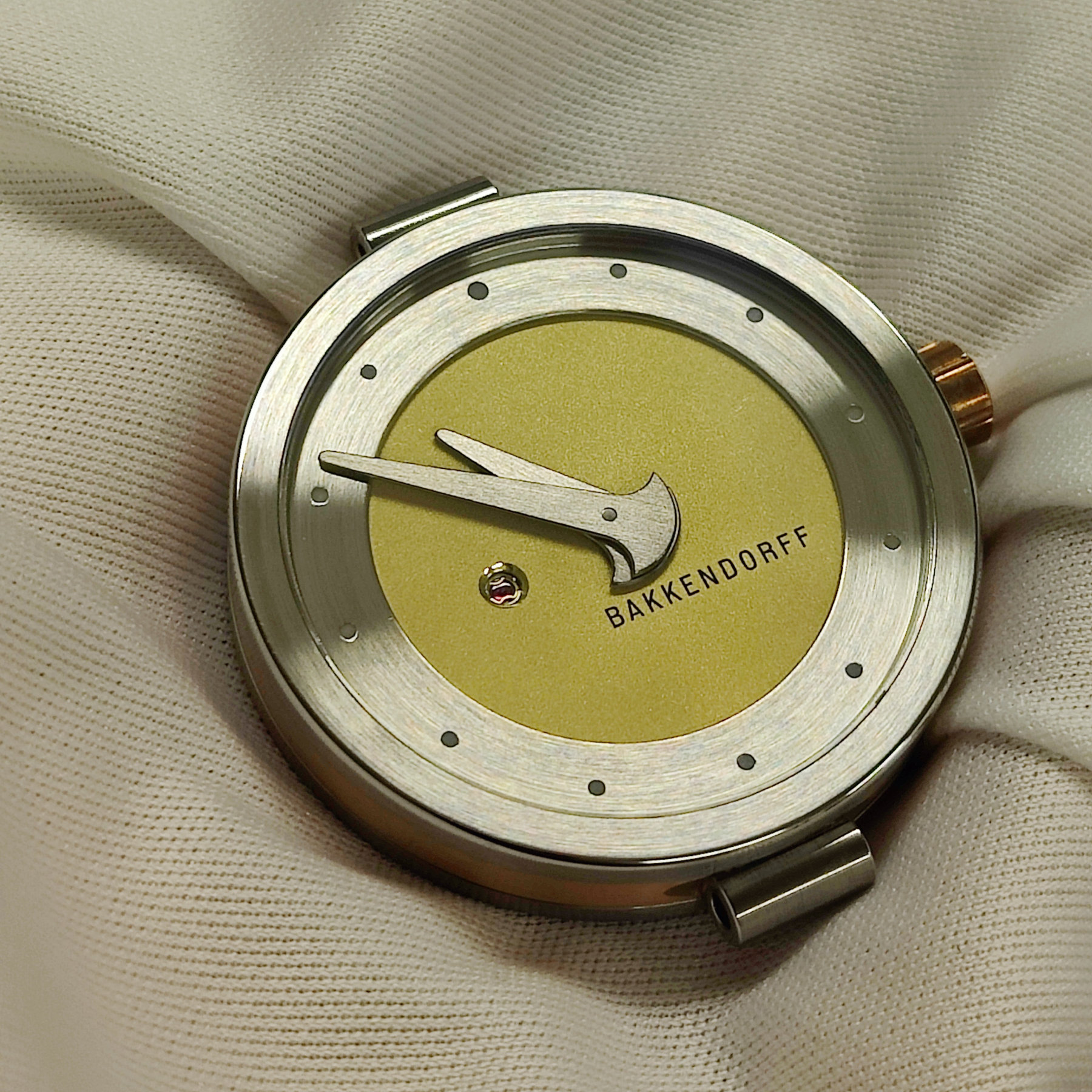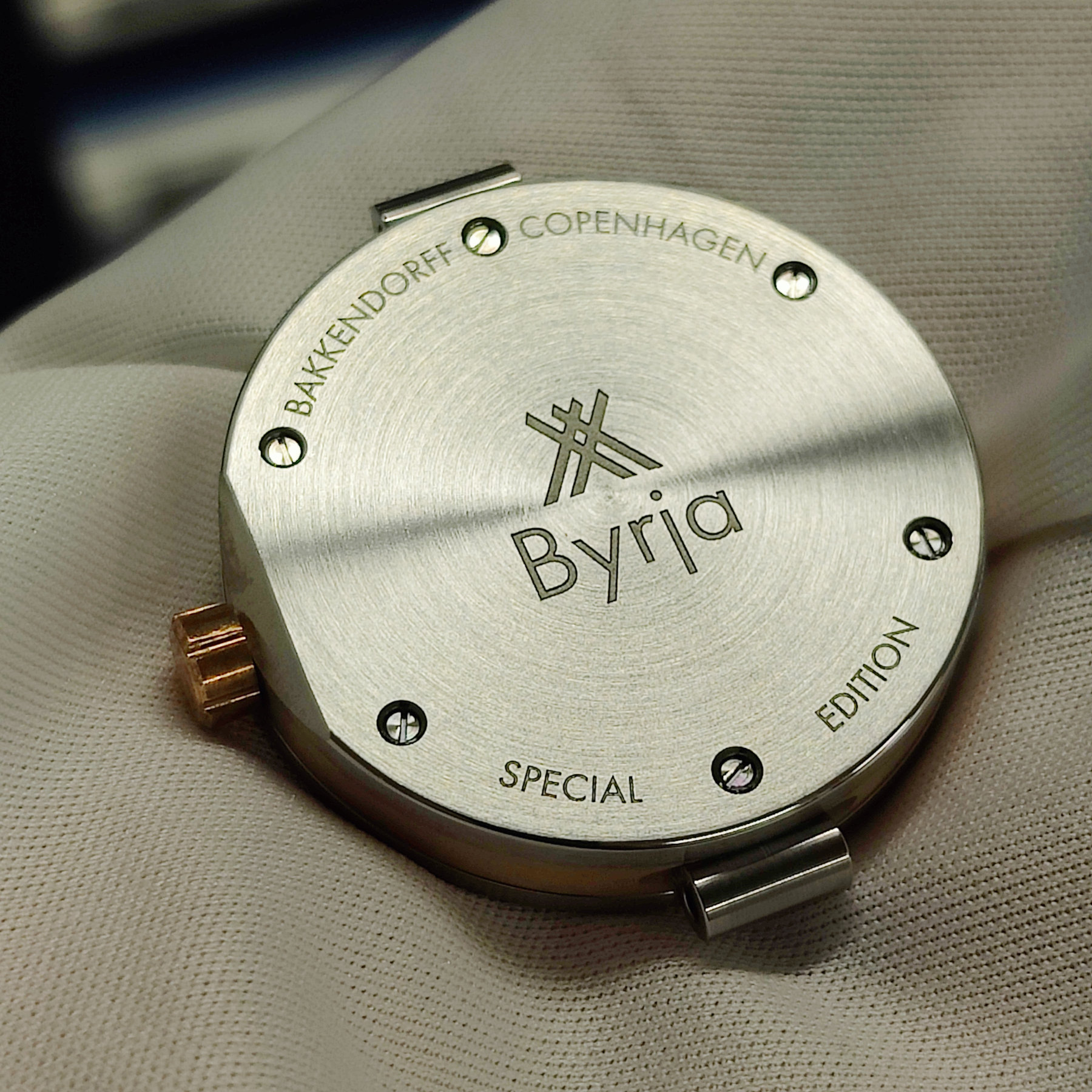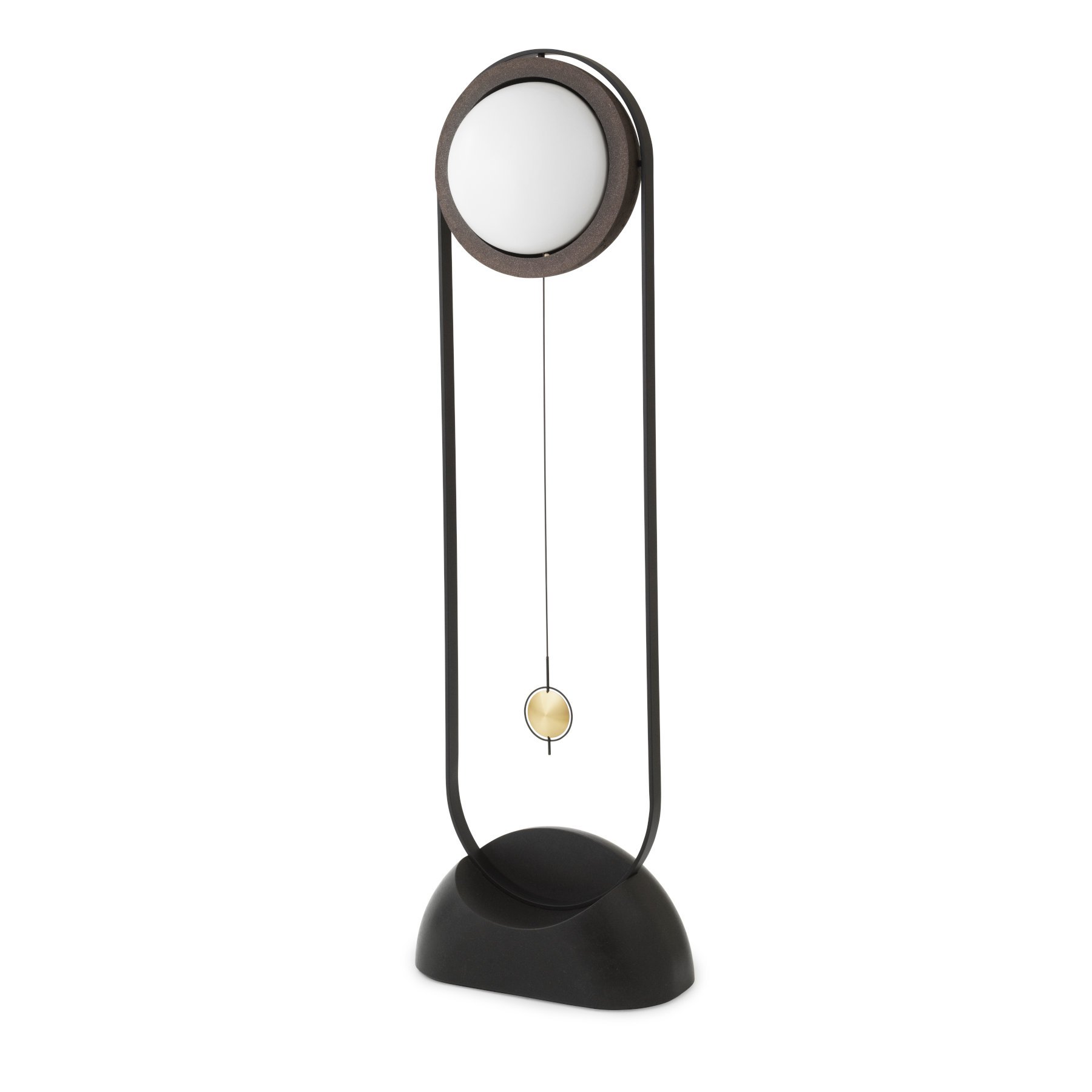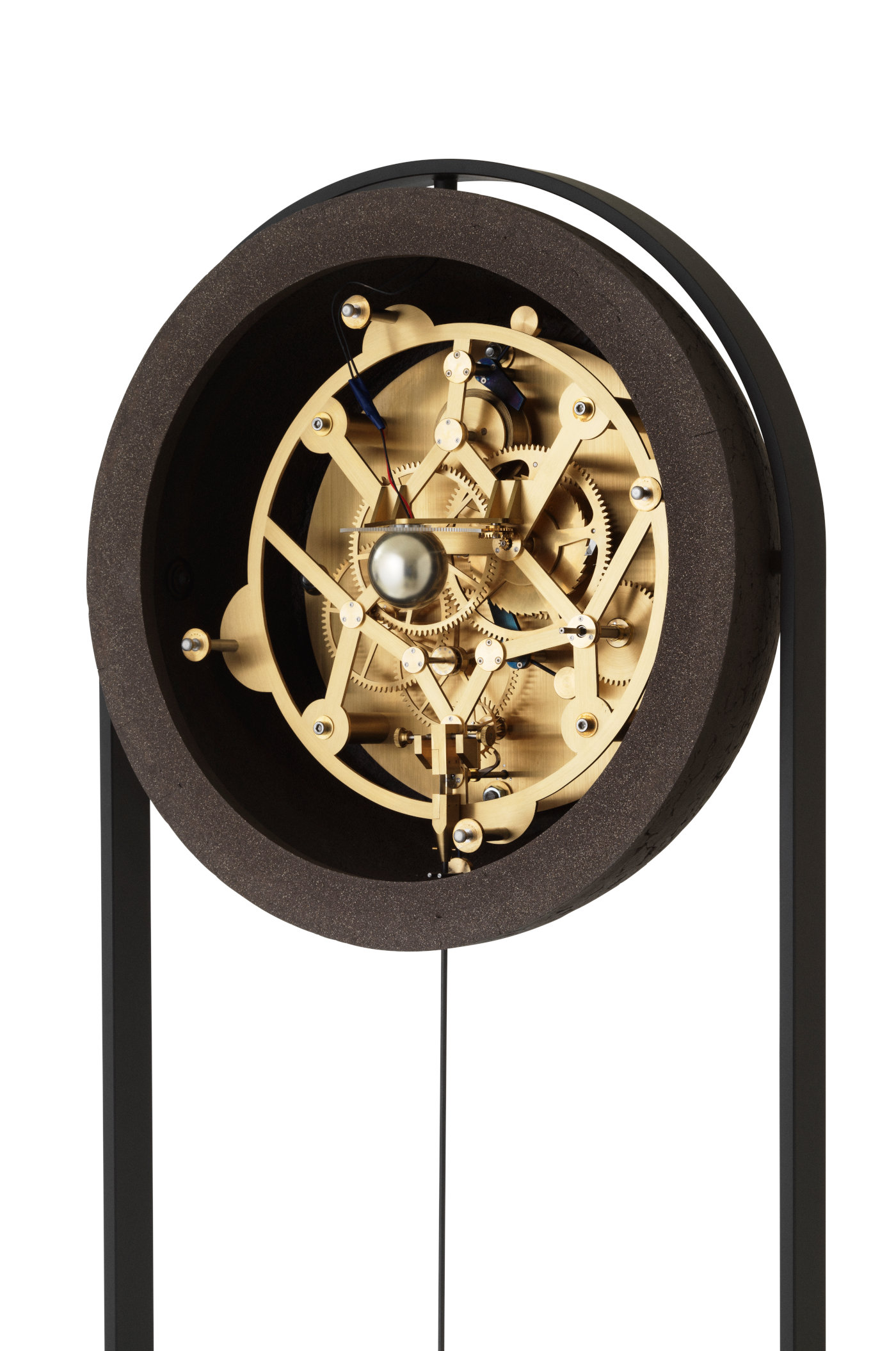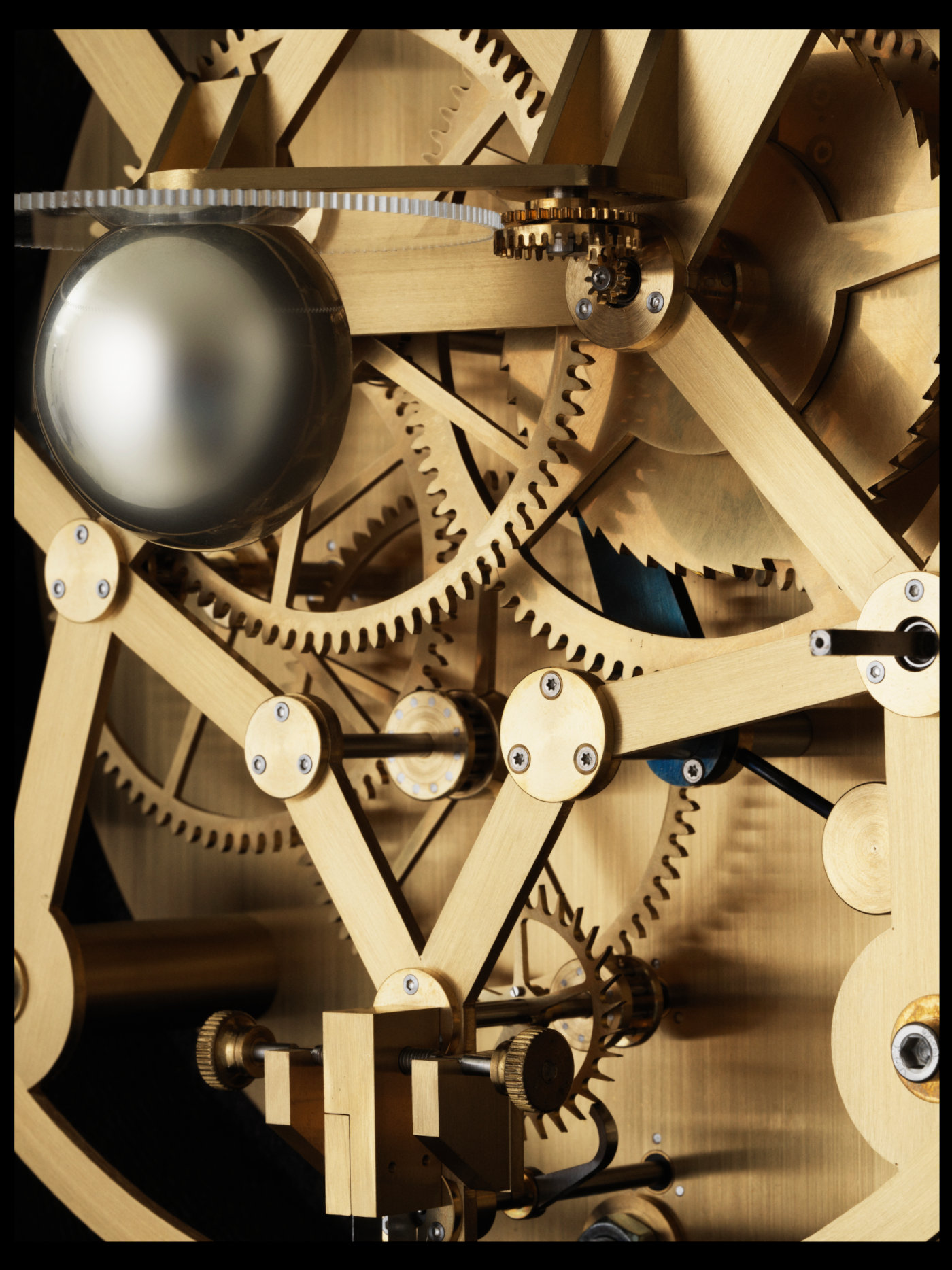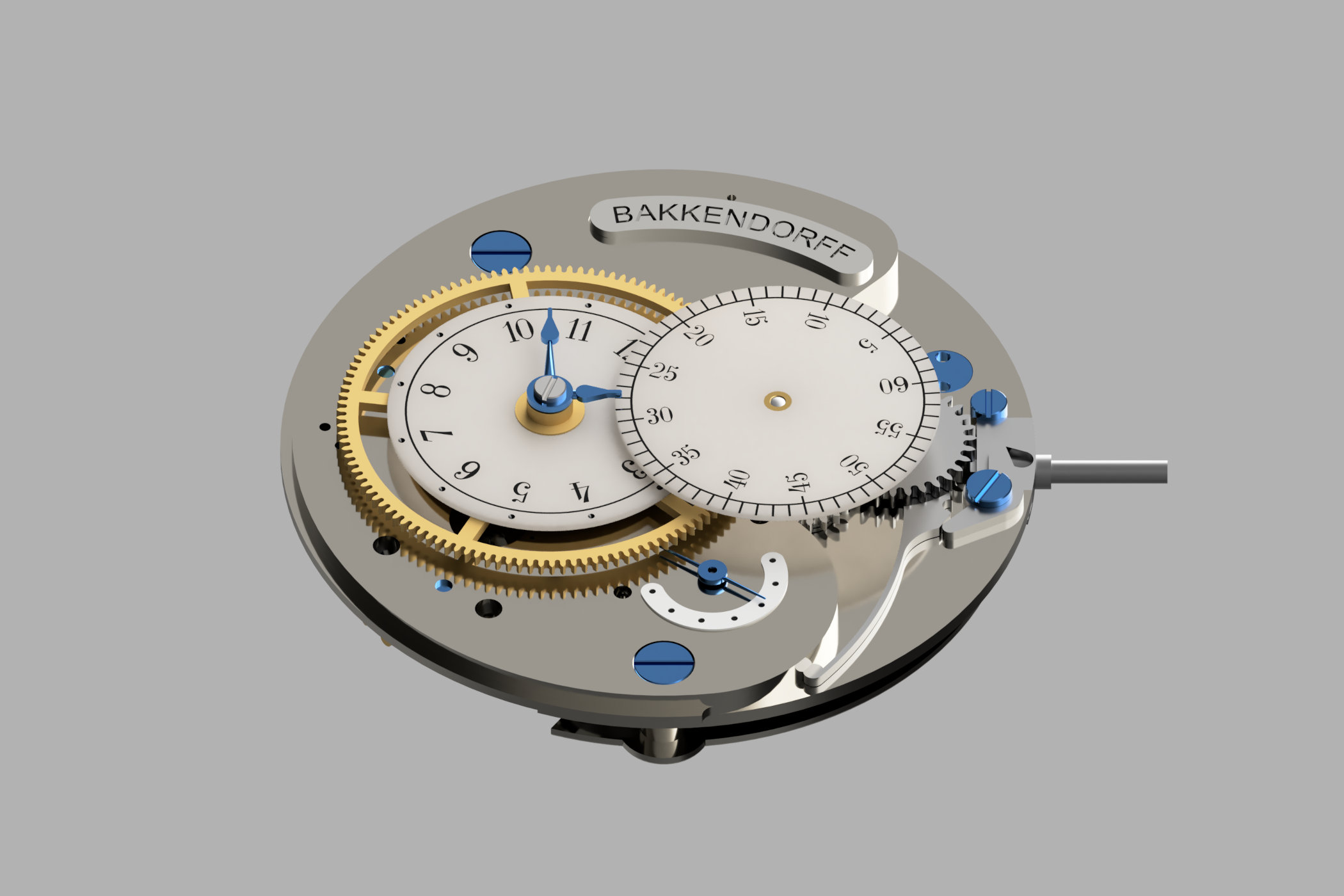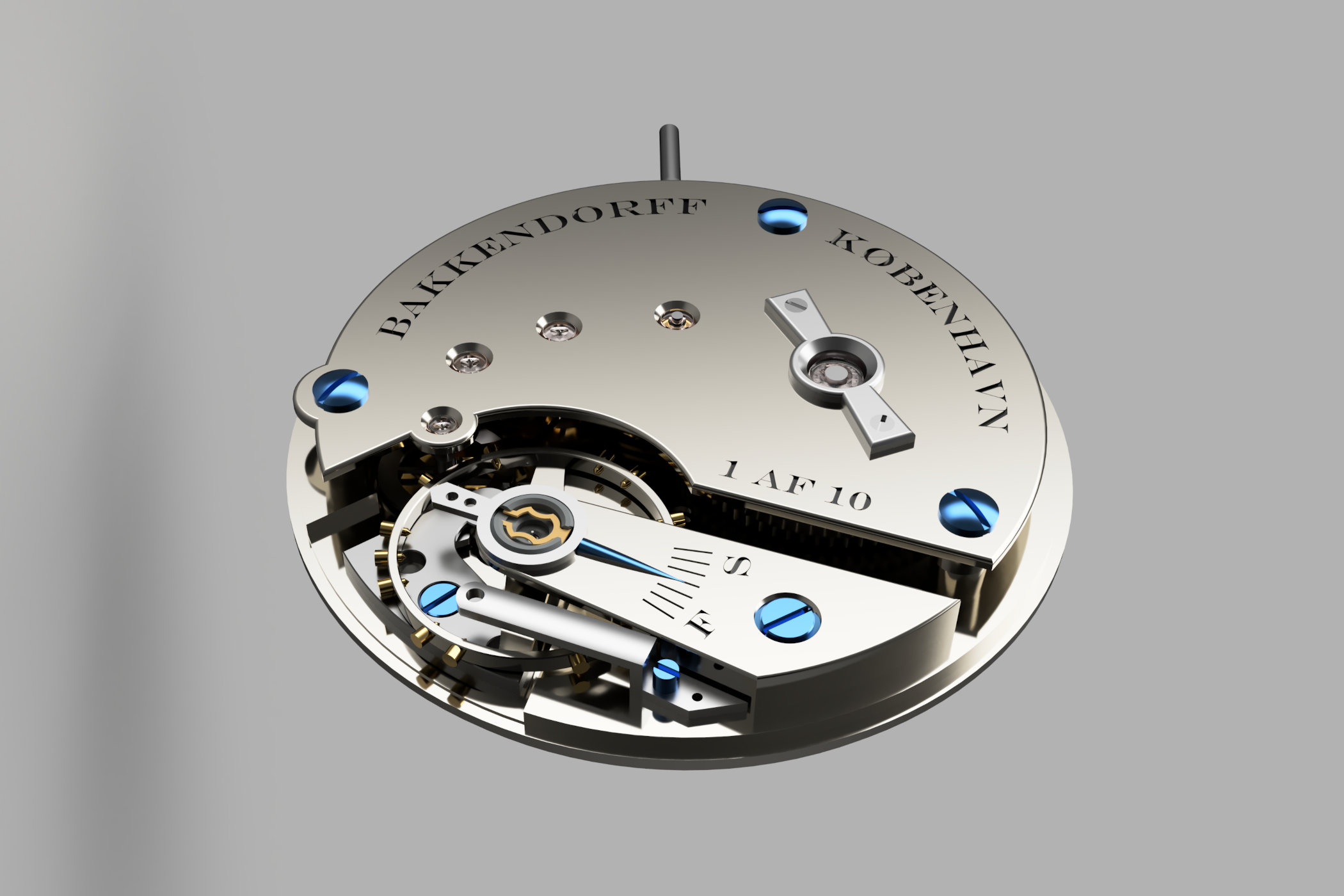Discovering The Work Of Rune Bakkendorff, A Young And Upcoming Danish Watchmaker
Rune specializes in antiques, repairs, conservational work and above all; clock- and watchmaking!
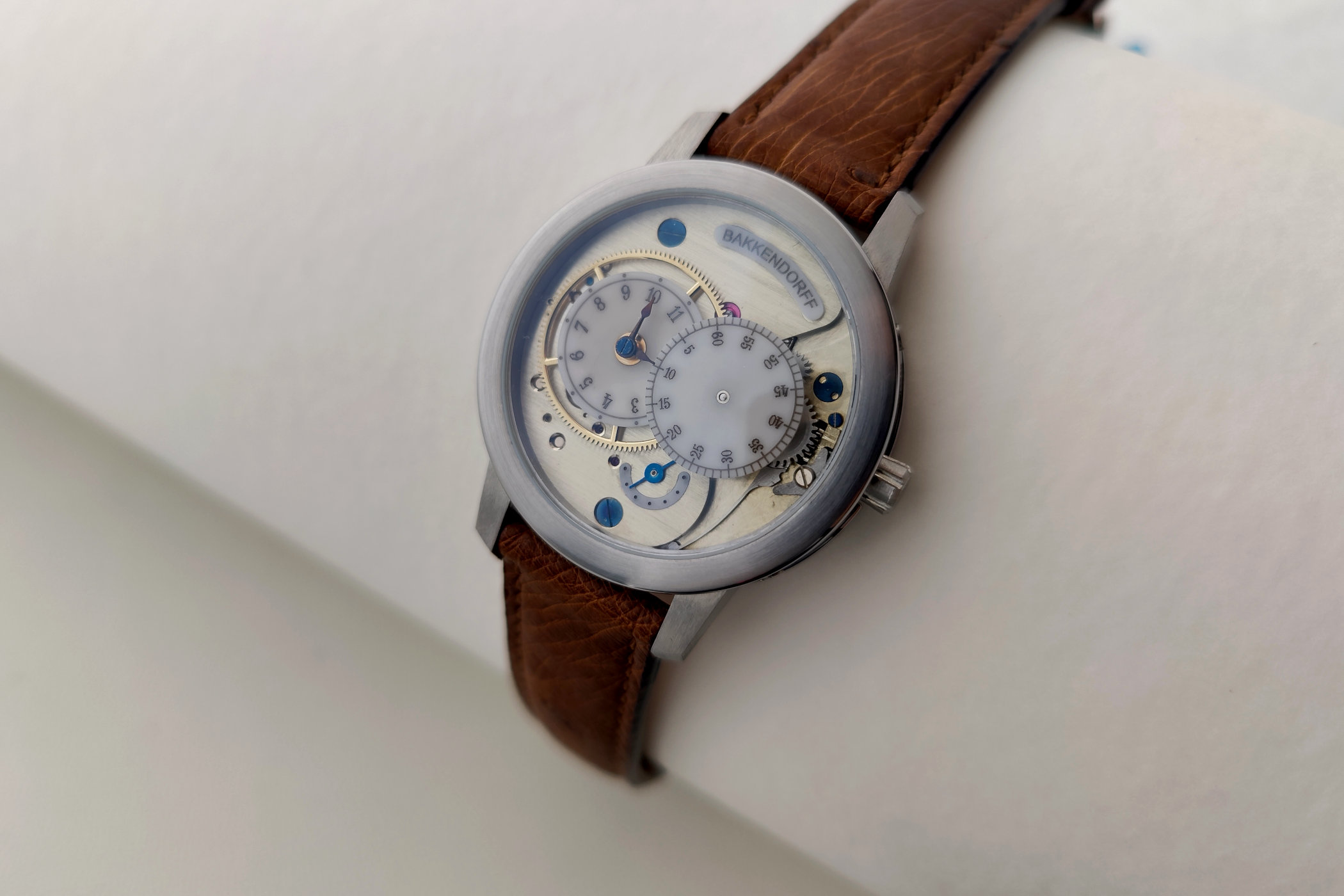
In our exploratory trip around the world to uncover some of the most interesting independent watchmaking stories, we make a stop in Denmark this time around. The work of Rune Bakkendorff, a young and upcoming watchmaker from Denmark has recently been brought to our attention through our friends of The Limited Edition. Curious to learn what Rune has been doing so far, and is going to do into the future, we reached out to him and asked him a series of questions. As it turns out, we get some insight into Danish watchmaking history, as well as the very interesting ideas Rune has when it comes to the craft.

Robin, MONOCHROME Watches – Rune, you’re a new name to our readers, can you briefly introduce yourself?
My name is Rune Hjorth Bakkendorff, and I am a watch- and clockmaker from Denmark. I do a lot of conservation and restoration of historical and important timepieces, for both private and public collections, and for a while now I have been making my own watches. These two “legs” of watchmaking, the history of horology and preserving it for the next generation, and making new horological objects are in my mind very much intertwined.
The masters before us have made countless discoveries and created masterpieces, that are an endless source of inspiration. That is why I love conservation. To be able to carry these pieces to the future, and inspire the next generation of watchmakers, clockmakers, collectors and fans. This might also be where my creative force is rooted, to be able to set a little dot in the long history of horology. And who knows, it might be preserved in the future.
What made you fall in love with watches and watchmaking? Where did the passion come from?
This can be said very briefly: I always loved clocks and watches. Since I was a baby, I have been fascinated with the hands of clocks, watches, and instruments, so I have always known I wanted to work with watches. Since then, I realize what a great field horology is and that might be a reason why I keep working with horology. It really is a complete field and craft. You have science, history, craftsmanship, design, and philosophy. Creating, maintaining, and preserving clocks and watches really is a complete endeavour. But my fascination has always been there, so I really feel like this is my métier. I want nothing else.
You’ve studied at the Danish School of Watch- and Clockmaking. Can you tell us more about that?
The education in Denmark is very much aligned with a repair/retail watchmaker. So even though I enjoyed every second of learning about the craft, I also had to go discover extracurricular subjects if I wanted to actually make watches. Luckily, both teachers, my master and almost everybody I talked to, were happy to point me forward in my education. Even though Denmark has quite a rich heritage of watch and clockmaking, this is a bit ignored in general, but meeting people like Søren Andersen during my apprentice time, was an early inspiration.

During my apprenticeship, I did an exchange with the A. Lange & Söhne school in Glashütte, and a study trip to Switzerland. During this trip, I saw both high-scale production and artisanal ateliers. It was also here I met Thomas Prescher. Mr. Prescher was very helpful and answered countless questions from me, while I worked on extracurricular projects, like a moonphase complication on a Unitas pocket watch, and a small table clock based on the wheel train and escapement from a Unitas movement.
All this culminated with a final examination, where I scored a perfect grade. This, combined with the fact that my Master was a member of the Copenhagen Guild of Watch- and Clockmakers, meant that I received the Copenhagen Association of Craftsmen’s Silver Medal and got to meet the Queen. This is a very formative time in my career.

What did you do after your education was completed?
After graduating, Mr. Prescher offered me a job, and I started working with him in Twann. This was quite an eye-opening experience. I got so much new knowledge, my notebook was burning with all the notes I took, but I also had to participate in the daily running of a small artisanal atelier. This has set me up for the work I do now.
After working with Thomas I went back to Denmark and started working with SAV for small watch brands, doing trade work and restoring clocks. This is where I fell in love with conservation and restoration, and I slowly focused more and more on this work. Slowly working into the small world of antiquarian horology and museums.
When did you decide to start making your own watches and clocks, and can you explain more about your first creations?
Since I began as an apprentice, I wanted to create my own watches and clocks. However I realized how much knowledge and experience were needed, so my focus was on becoming a great watchmaker and clockmaker and seeing as much of watches and clocks as I could. But early on I did try things and ideas out. I built a watch, with retractable garotte string, for a 007 collector and actually during the early time of my being self-employed this first iteration of what became the Byrja, was tried out.
The Byrja you just mentioned, was your first serially produced watch, how did that come about?
I had played with the design and case construction for several years. But then, by a stroke of luck, I was offered a box of NOS Peseux 7001 movements. These had been left since the 60’ies/70’ies in a basement, just waiting to be used, so I realized these needed to fulfil their purpose. That’s when I took my old idea and created the watch called Byrja. Byrja is the old Norse word for “beginnings”, which I found quite fitting for my first series.
Where did you find inspiration for this watch?
There are several formative inspirations visible in Byrja. The combination of stainless steel and bronze is a homage to my first job at Mr Prescher’s workshop. I worked on the Nemo Sailor watches, where bronze and stainless steel were the colour scheme. I fell in love with those materials and the living nature of bronze. The simplicity of shapes and surfaces lies very much in line with Danish and Scandinavian aesthetics. The shape of the hands is developed from studying the shape of Norse ornamentals, tools and weapons. An homage to the old Scandinavia.
You don’t limit yourself to watches but also make clocks. Can you elaborate on that?
For the Copenhagen Cabinetmakers Autumn Exhibition, I teamed up with my good friends, and the crazy talented design duo Ahm&Lund, to create a sculptural clock, and experiment with the shape, function and emotions of the clock. We have long talked about the waning interest in clocks in modern interior design, and my hunch is that it is because it has not had too many serious attempts at a modern take.
By a stroke of fate, that year’s subject was “Time, Tact and Tone”, where a clock would fit quite well. The problem is we only had 8 months to the exhibition deadline, so the work was cut out for us. It turned into a summer of LONG nights.
We created a regulator clock solely indicating the phases of the moon, both as an aesthetic grip, but primarily a philosophical and emotional one. We got to experiment with one of my great interests: the philosophical take on time that horology has, and is, participating in creating. Watchmakers and clockmakers not only made scientific discoveries and navigation at sea possible but also made the coordination of the Industrial Revolution possible. And by doing that, it made the stressful modern seconds-hunting society possible. What if the clock could be a timekeeper, but also make you step back, and associate with a more pleasant or natural timeframe? The natural timekeeper given to humanity is the moon, and its pace is very intertwined with the human mind. It ended up being a very appealing, almost monumental clock, standing 2 meters tall, in stone, ceramic, steel and porcelain.
Your latest watch is called the Ætt, can you tell us more?
Ætt came about as an inspiration from antiquarian horology. I saw a turret clock, made by famous clockmaker and astromechanic, Jens Olsen, in the early 1900s. There is a mechanism on the movement, allowing the clockmaker to set the time, from inside the tower. These two revolving dials, and the rigid hands, really stuck with me. It would make a great time display! It started out, as an idea for a module, to add to an existing movement, but I soon realized that if I wanted an elegant case, around 38-39 mm and not too thick, I would need to construct a calibre for this new time indication.
This also allowed me to experiment with the Copenhagen style of watchmaking, which was flourishing in the 1800’s. At the end of the 1800s, it was all but gone, because of the cheap ebauches from Switzerland and France, but what if it hadn’t died? How would the artisanal Haute Horlogerie watch look if Copenhagen watchmaking had survived?
This is something I’m trying to rediscover, and the first iteration of this work is the movement of Ætt. The name Ætt is Old Norse and can translate to family, lineage, or direction. A name I chose, because the core of this work is the lineage of the craftsmen I originate from. There is so much beautiful work done in the style of Genevan craftsmen, of French and of English… But all these don’t feel very authentic to me as a craftsman.
I was educated by a master from the Copenhagen Guild, I, myself am the vice-alderman of the Guild and I have examined and restored so many Copenhagen Pocket watches, clocks, and Danish clocks in general. This is my viewpoint on this craft, and it only feels right, for me to find inspiration there. But you also see other influences that are more personal to me, like the combination of bronze and stainless steel and the construction with a focus on longevity and repairability.
The prototype was presented at The International Festival of Time in Waterford, and the reception was so great, and with a lot of interest from collectors. It really encouraged me to explore this side of the business. To begin spending more time on creating an atelier and to dive down into the creative side of my mind. To begin forming my visions and ideas “in the metal”.

What do you aim for through watches and clocks? What do you envision for yourself as an independent watchmaker?
To create a large portfolio of different watches and clocks, in limited quantities. To try out and experiment with ways of perceiving time through novel time indications, to rediscover the Copenhagen watch DNA, and try to give life to forgotten mechanisms and escapements and my own.
And of course, to help conserve former masters’ work for future generations to be inspired by the great skills, minds, and hands of its makers. Horology is a foundational craft, that has shaped power, our society and our relationship with difficult subjects like time and death. That is worth preserving… And adding to!
What can we expect in the coming years?
A lot more haute horlogerie. Both big and small, but always focused on the highest standard of horology and a philosophical or historical take.
How can people get in touch with you?
Through my website, it is possible to send me a message, and I’m on Instagram under the handle @Bakkendorff. I’m always interested in enquiries, ideas, suggestions and just talking watches so feel free to connect with me!
For more information, please visit Bakkendorff.com.
Editorial Note: The images portrayed in this article are often computer renderings and prototypes, so it’s possible some minor changes or imperfections can be spotted upon close inspection.

